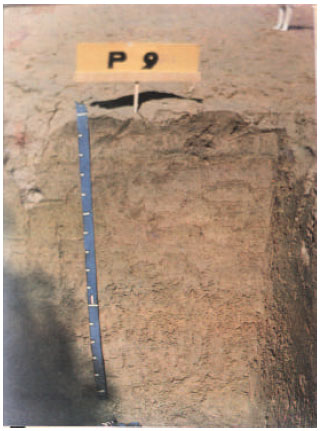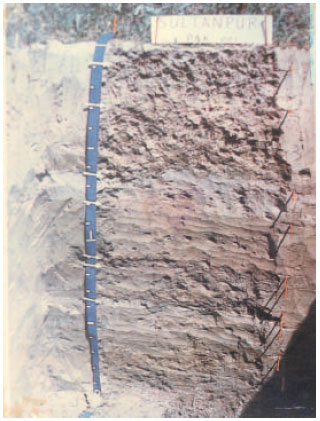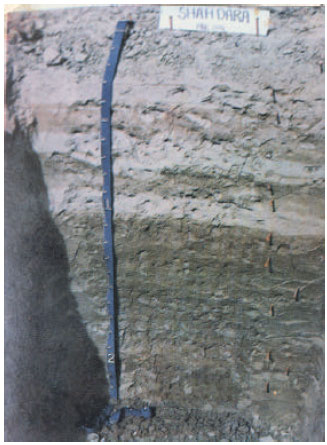Research Article
Effect of Time on Soil Formation in Selected Alluvial Soil Series of Pakistan
Soil Salinity Research Institute, Pindi Bhattian, Pakistan
A.M. Ranjha
Soil Salinity Research Institute, Pindi Bhattian, Pakistan
M. Sarfraz
Soil Salinity Research Institute, Pindi Bhattian, Pakistan
G. Hassan
Soil Salinity Research Institute, Pindi Bhattian, Pakistan
M. Sadiq
Soil Salinity Research Institute, Pindi Bhattian, Pakistan
















